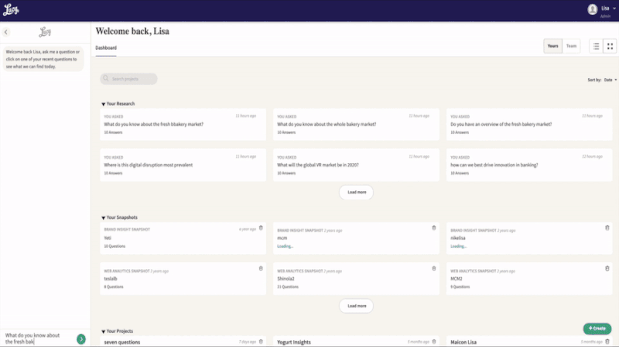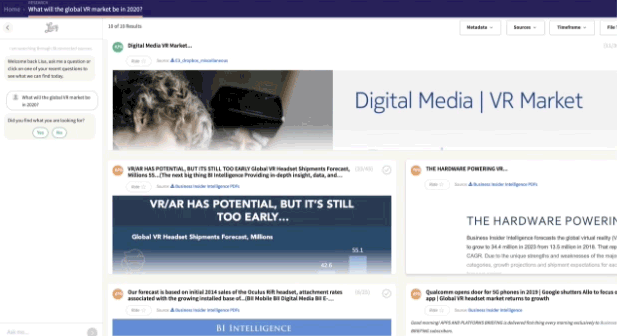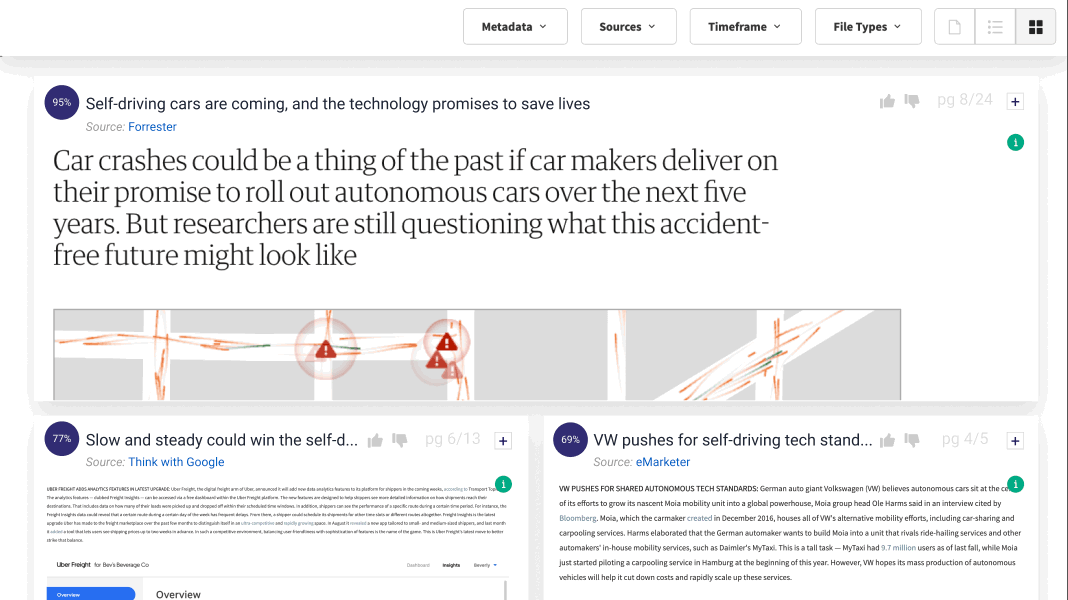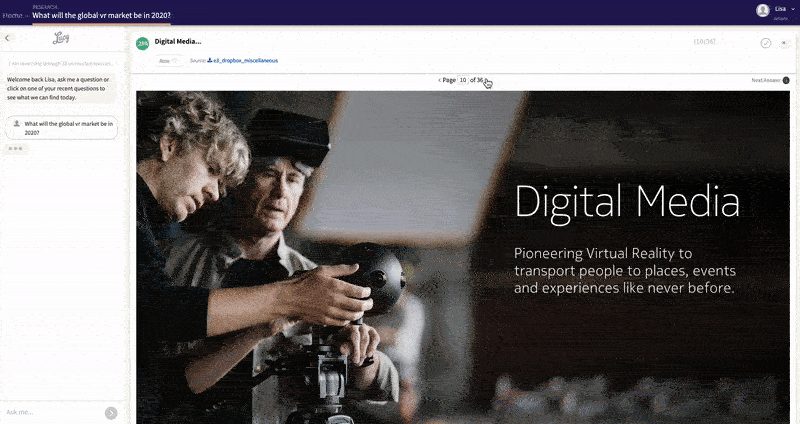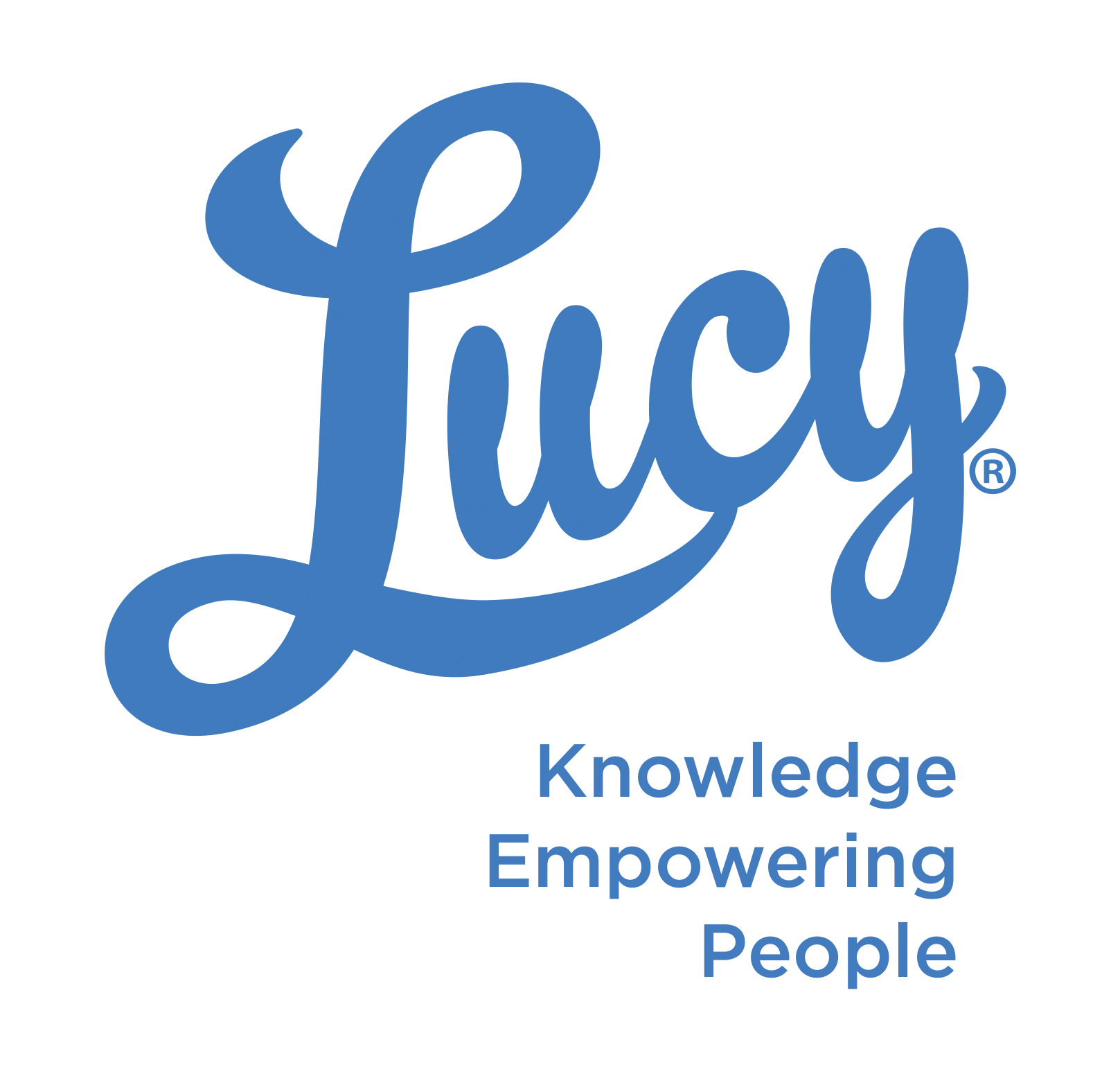Outperforming the competition means making smarter decisions, faster.
Brand marketers make their best decisions using a foundation of research—plus their own insights. Compiling research is often a painstaking, time-consuming process. Why? Because research sources come from so many different places.

Lucy, the AI assistant from Equals 3, can turn this process around—making research simple and swift. Marketers can take natural-language questions to Lucy and receive an answer sourced more thoroughly than a human would be able to provide, even given double—or triple—the time.
Picture the computer screen of a marketer in the thick of a deep data dive. Ugh. A couple screens hold publicly available information from the Internet. A half-dozen more show results from queries to subscription-only data sources. Finally, another handful hold the brand’s internally-generated data: columns of numbers, pdfs of reports, etc. A mess.
A human must move back and forth among all these different sources to create an on-point, data-qualified answer to a brand research question. Jumping around endlessly to pull out promising bits and pieces can be very frustrating—lots of leads turn into dead ends, and it consumes a lot of time.
Worst of all, many potential sources are left out of the process. The largest source of information for a brand is its own internally generated structured and unstructured data, but this data is often inaccessible, stored in departmental silos, hidden away and unused.
But when Lucy joins a team, her onboarding process includes being fed—and learning—all this hard-to-find but valuable data.
Andrew Eklund, of digital agency Ciceron, relates: “We’ll say to clients ‘We want to pull in your marketing and media information,’ and they get that. But then we say, “We want to pull in the CRM, sales and support and phone call logs,” then they think “Oh boy, that’s in a whole another group,’ or, ‘that’s in a silo.’ But that’s when Lucy gets really powerful.”
Lucy comes preloaded with a dozen data streams and sources—some publicly available, some subscription-only but available to Lucy users through content partnerships formed by Equals 3. She also connects with data services licensed by the individual workplace she joins. During onboarding, she accesses the licensed subscriptions of your team so she can answer questions using these sources—without her human team member directing her towards them, or remembering the passwords—or even remembering that the subscription exists!
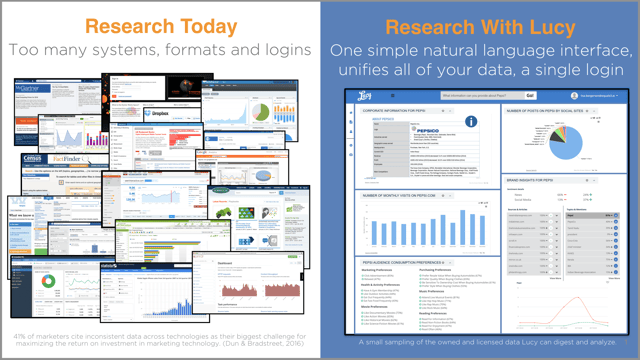
Lucy pulls internal data out of departmental silos and makes it all accessible through a single access point. And she searches a brand’s preferred subscription services, without the user specifying which ones, or even providing any login info.
These major data sources, each of them drawing from potentially dozens of sub-sources, are now combined in one powerful research firehose. And because Lucy is built to create visual data depictions, the answers she provides are polished, authoritative and easy-to-understand. She generates charts, tables, and graphs that unify her research.
"When you’re running an integrated digital campaign," says Ciceron's Eklund, "you’re working with four to five different media touch points, but they’re in five different silos. Display, web search, Google, website visits, landing page contact, and, ultimately, conversion to becoming a customer—this information all ends up in your databases someplace. Lucy centralizes all those different platforms into a single view. Our access to performance information allows us to move messaging and dollars around quickly, without having to waste time pulling reports from five different platforms, crunching the data, and assembling PowerPoints."
The upshot? Human team members can devote more energy to higher-order thinking. They make better decisions. And the end product is highly visual and polished, which helps communicate the decision-making process to stakeholders and clients. "Lucy cuts it by half the time," says Eklund, "and we predict that will only get better."

